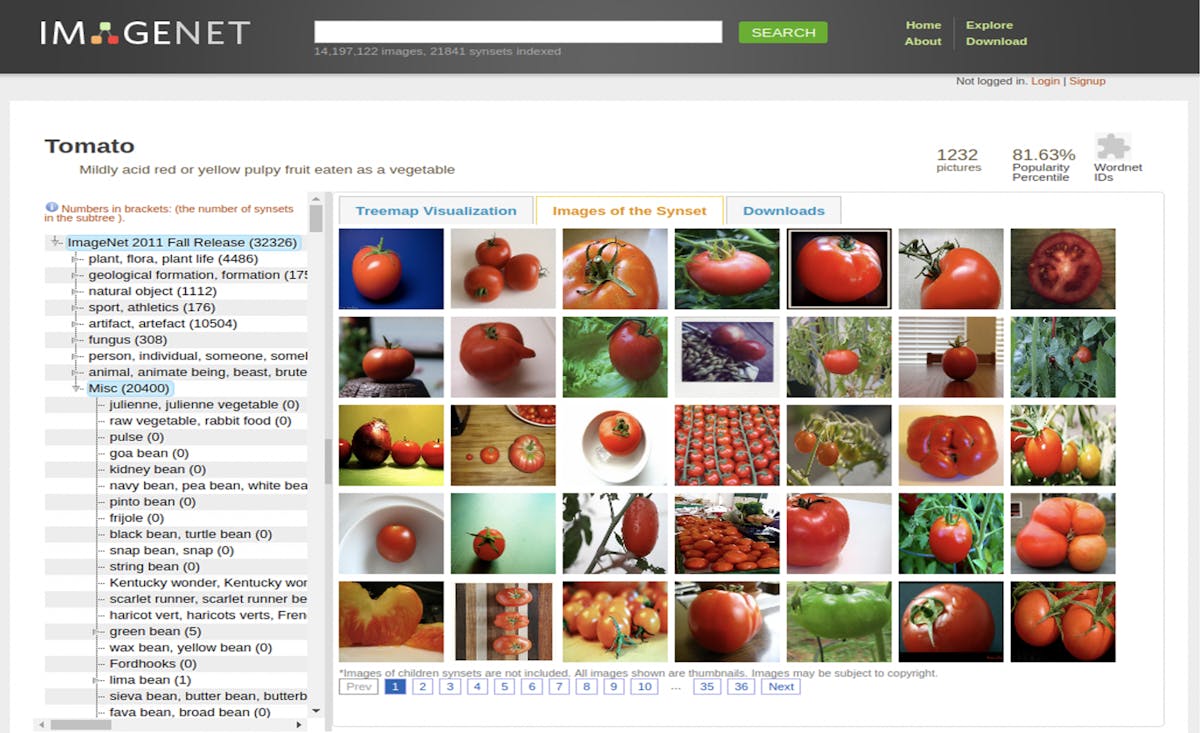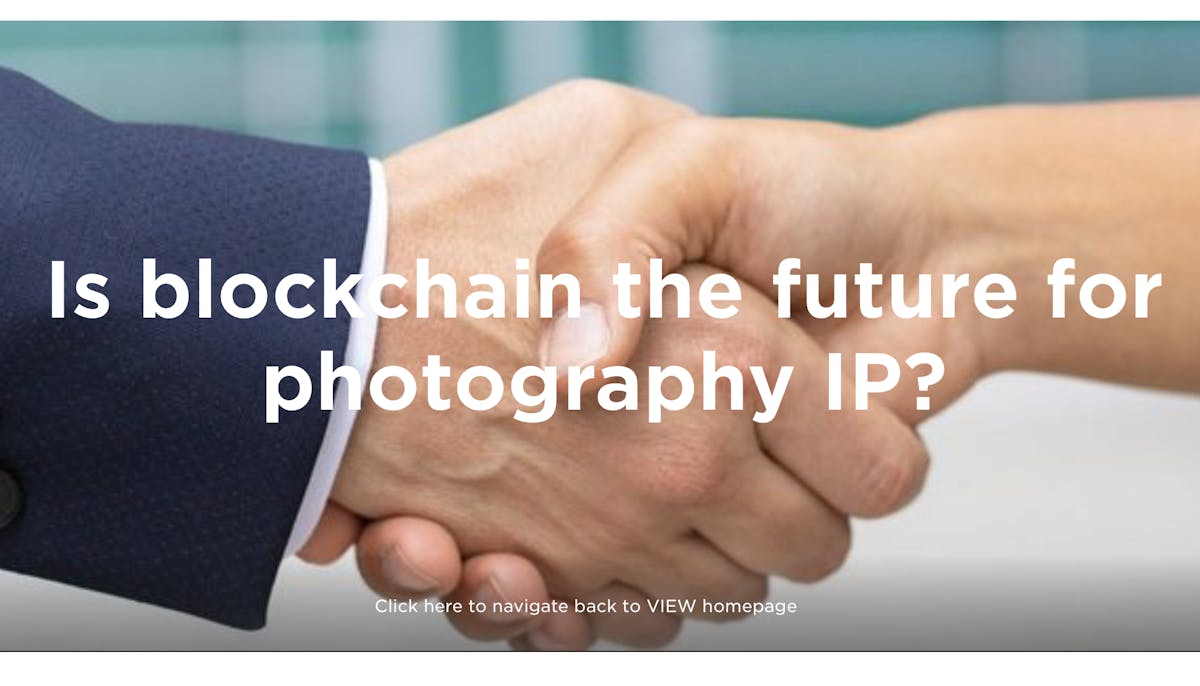The fusion of image data and metadata, which marks a paradigmatic shift in the recent history of photography, is the reason and foundation for the diverse harvesting and mining technologies based on images that are so pervasive in contemporary computing. Photography, understood in its broader sense as the “historical totality of photographic forms” 1Peter Osborne, “Infinite Exchange: The Social Ontology of the Photographic Image,” Philosophy of Photography, Vol. 1, No. 1 (2010): 59–68, here: 61. that includes, among others, digital photography and scanning technologies, has become indispensable in a wide range of scientific disciplines as well as in manufacturing and industrial agriculture. In robotics, for example, which experiments with computer vision to further automatise and optimise industrial processes, photography operates in several ways. Annotated image databases such as ImageNet (fig. 1), the Open Images database or the many internal datasets of the Big Five (Apple, Amazon, Facebook, Google, Microsoft) gather several millions of indexed photographs. These masses of photographs, organised in more or less homogeneous datasets, are the source material for the development of visual object recognition software. 2See also, Jeff Guess, “Conversations,” in Dossier “Câble, copie, code. Photographie et technologies de l’information,” eds. Estelle Blaschke and Davide Nerini, Transbordeur. Photographie histoire société, No. 3 (2019): 36–47. This software is used in greenhouse farming, for instance. In the example of Root AI, an US American AI farming startup company recently acquired by AppHarvest, the software is programmed to detect and analyse tomato sizes within particular bounding boxes (fig. 2). If the software determines that the tomatoes are ripe, they are picked by a camera-equipped robot (fig. 3). The ultimate goal is a machine-to-machine communication that largely operates without human direction. In addition, photographs are continuously created to monitor every aspect of the production process. While these technologies are still far from being a scalable practice – human labour, after all, especially in agriculture, is still more accurate, flexible and cheaper – they represent an additional function of contemporary photography: Photography as a catalyst for machine learning.









